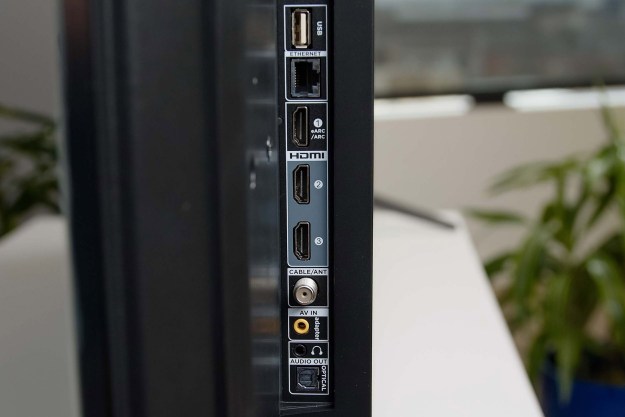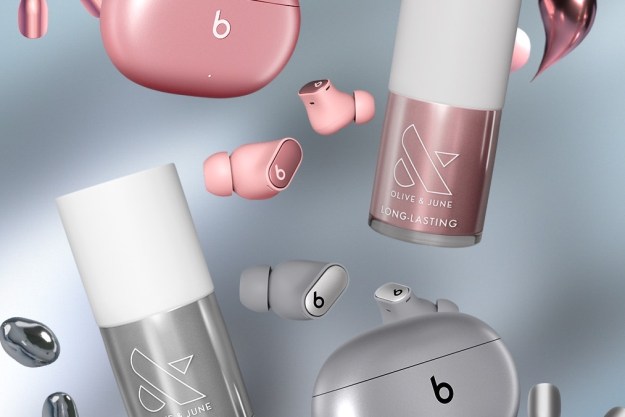General Electric has announced the formation of a new joint partenship with consumer electronics maker Tatung called General Displays & Technologies. The new company will produce, market, and service a new line of GE-branded high-definition televisions. However, these won’t be your ordinary HDTVS: they’ll support IPTV via cable, satellite, and fiber right out of the bos, and the company will partner with NBC Universal (in which GE owns an 80 percent stake) to create an “open platform” for delivery of digital content directly to the televisions via the Internet.
“We are developing advanced, Internet capabilities for content delivery to televisions, without the need for a PC,” said General Display & Technologies CEO Marc McConnaughey, in a statement. “The long-term strategy is to allow consumers to customize their viewing experience by downloading widgets and a variety of services directly to their HDTVs.”
Although neither Ge nor Tatung outlined any specific products in the pipeline, the announcement says they hope to bring the first products to market in “spring” 2009 (we’re assuming they’re talking about the northern hemisphere spring). Initial offerings will include environmentally-friendly LCD televisions ranging from 19 to 65 inches in size.
Content streaming services will initially include standard- and high-definition offerings from NBC Universal to set-top boxes, with the IPTV capability to be integrated into the HDTVs after initial products have been launched. GTD also plans to integrate technologies such as Tru 2 Way interactive cable for supporting programming guides, on-demand content, and other features, as well as support for BD LIve interactive content.
The key to the success of GTD’s plans no doubt rests on the openness of its IPTV platform. If the system is compatible with a range of mainstream satellite and cable services, offers high-quality content, and isn’t limited just to NBC content, the technology might have a shot in the marketplace. Otherwise, trying to sell consumers a television that can only tap into NBC content via the Internet might be as tough as selling a one-channel cable service.
Editors' Recommendations
- Perfect for 4K and 8K: The 5 best HDMI cables for 2024
- What is YouTube Premium? Price, content, and more
- The 6 best optical audio cables for soundbars and more in 2024
- These live TV streaming deals make now a great time to cut the cable cord
- Hulu content is now available inside Disney+ as a ‘beta’


